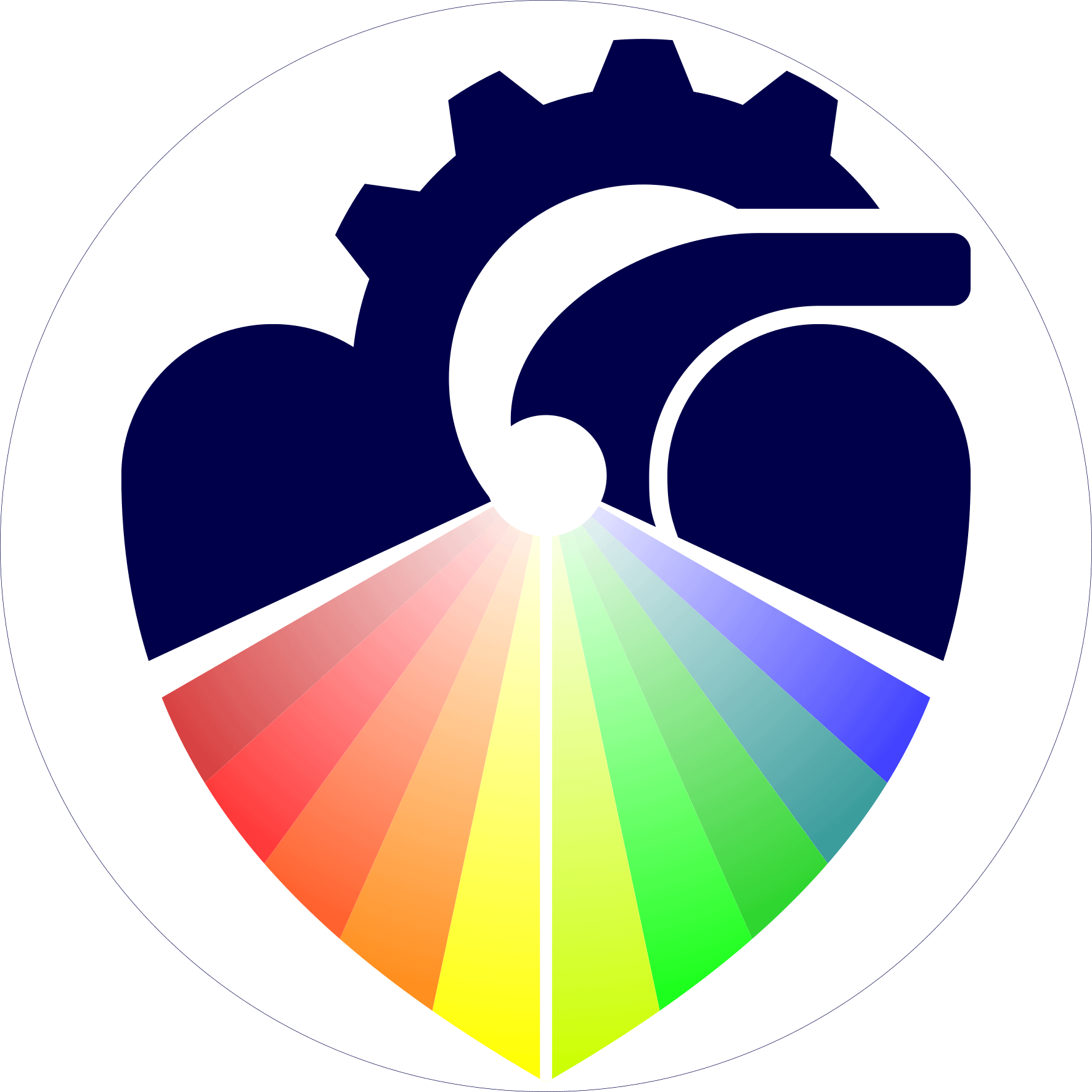Novel Dysprosium Fiber Light Sources and Multimodal Fiber Probes for Life Sciences and Medicine in the Visible Spectral Range (Yellow)


Project period |
Jan 01, 2024 – Dec 31, 2026 |
Sponsor |
Free State of Thuringia from funds provided by the European Social Fund Plus |
Applicant |
Prof. Dr. Jürgen Popp (Leibniz IPHT) |
Project Management |
Dr. Matthias Jäger (Leibniz IPHT) |
Budget |
1 000 000 € |
Funding code |
2023 FGR 0042 |
Research partner |
Multiple working groups of the Leibniz IPHT |
Light reveals the hidden structure of life and the yellow spectral region holds untapped potential for biomedical diagnostics. The research group Yellow, comprising several working groups within the Leibniz IPHT, pioneers this frontier by developing new fiber-based light sources and multimodal fiber probes for advanced Raman spectroscopy in the so-called “Yellow Gap”, which is the range of visible wavelengths between 560 and 600 nm that has remained largely unexplored for laser technologies.
At the core of the project lies a new class of dysprosium-doped fiber lasers, fabricated using the molten-core method. This innovative approach enables systematic investigation of how material composition and processing parameters affect efficiency, output power, and long-term stability. The goal is to establish dysprosium as a viable laser material for continuous-wave operation in the yellow spectral band, presenting a technological breakthrough that could close a long-standing gap in fiber laser development.
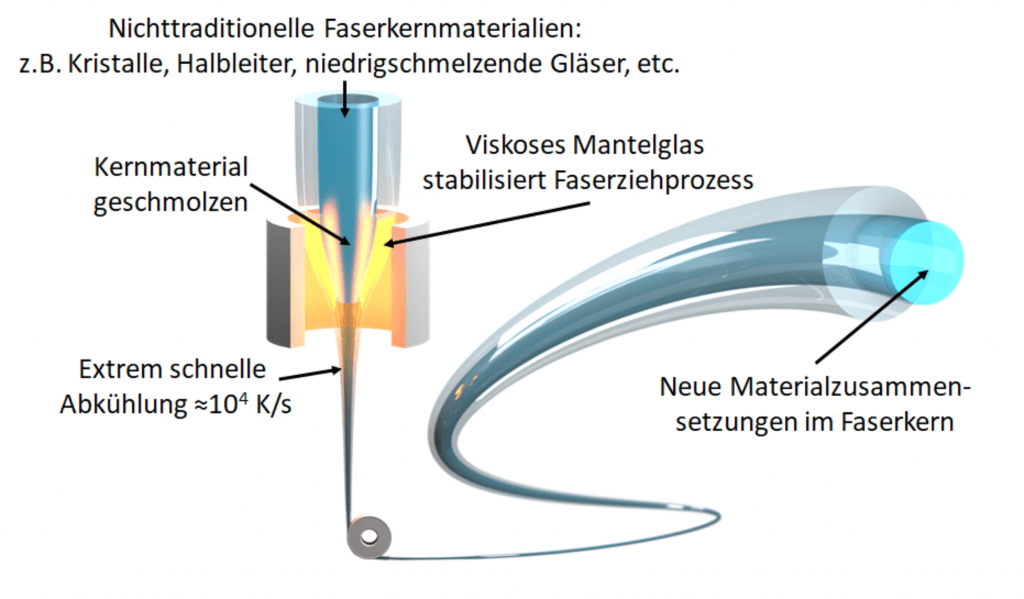

Complementing the light source research, the interdisciplinary team designs hollow-core fibers specifically optimized for Raman spectroscopy in this wavelength range. These fibers form the basis for background-free, multimodal Raman probes that deliver and collect light with minimal interference from the fiber material itself. The combination of high-purity excitation and sensitive signal detection aims to substantially enhance spectral quality and signal-to-noise ratios in biomedical Raman measurements.
Within this effort, our working group focuses primarily on the development of a Raman probe system for spectroscopy (AP4), integrating optical design, materials optimization, and application testing.
By merging novel laser physics with advanced fiber optics, Yellow seeks to open new possibilities for non-invasive diagnostics, cellular imaging, and molecular sensing. Funded by the Free State of Thuringia through the European Social Fund Plus (ESF+), the project exemplifies how cutting-edge photonics research drives biomedical innovation and regional scientific excellence.
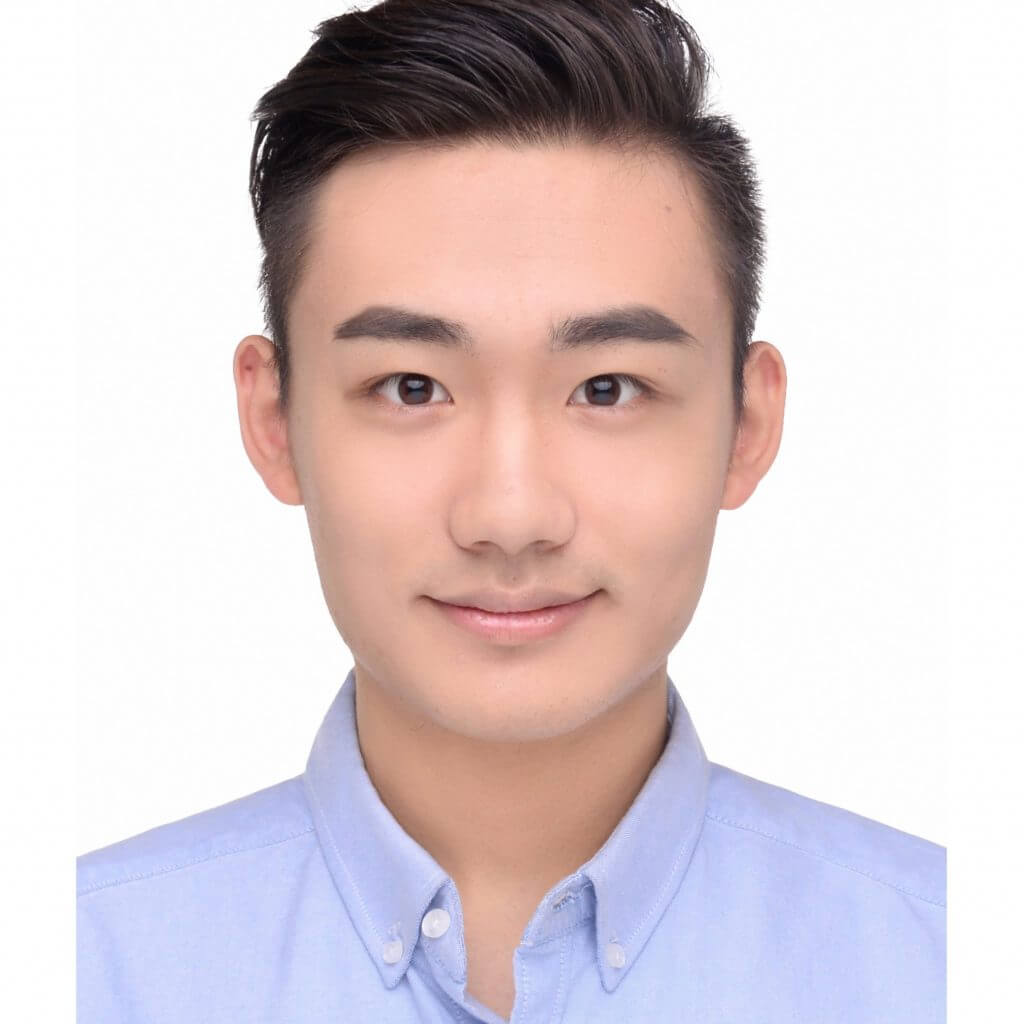
Weizhi Yang
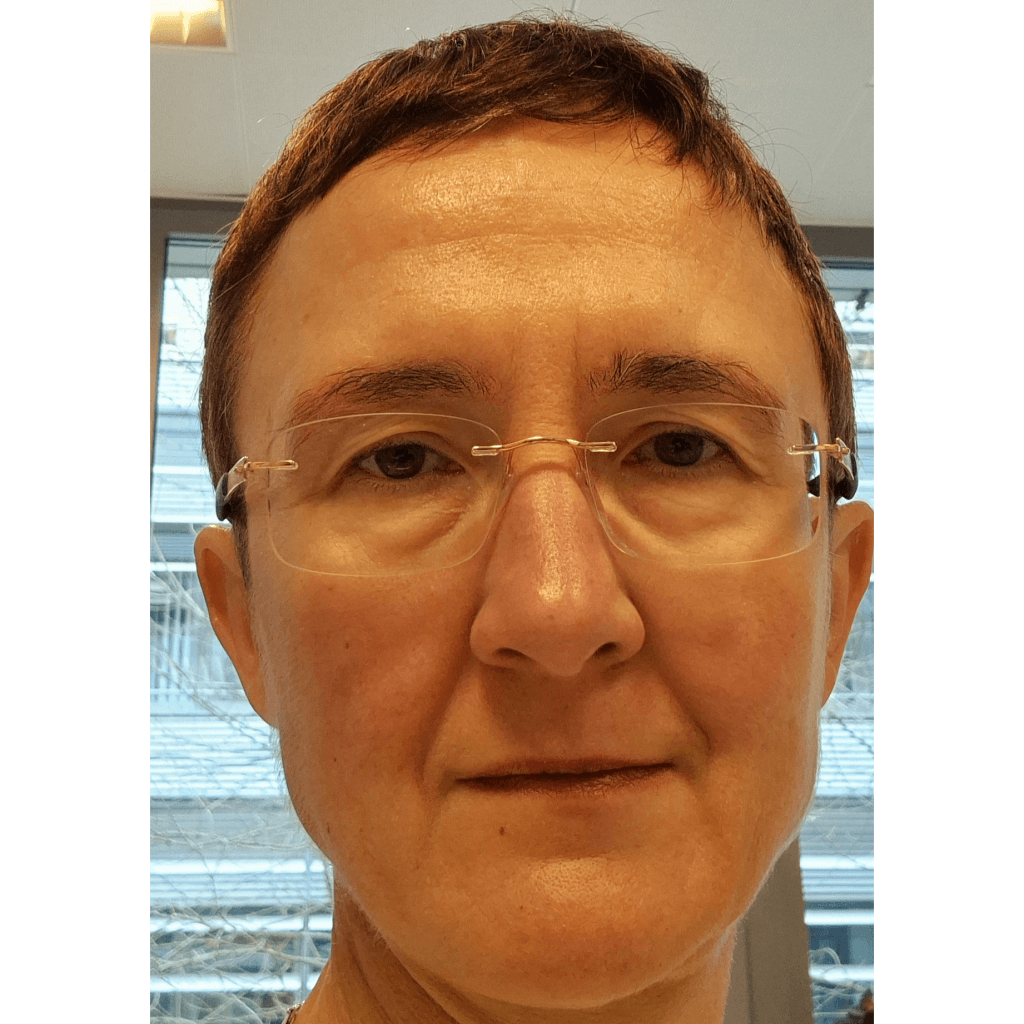
Ines Latka
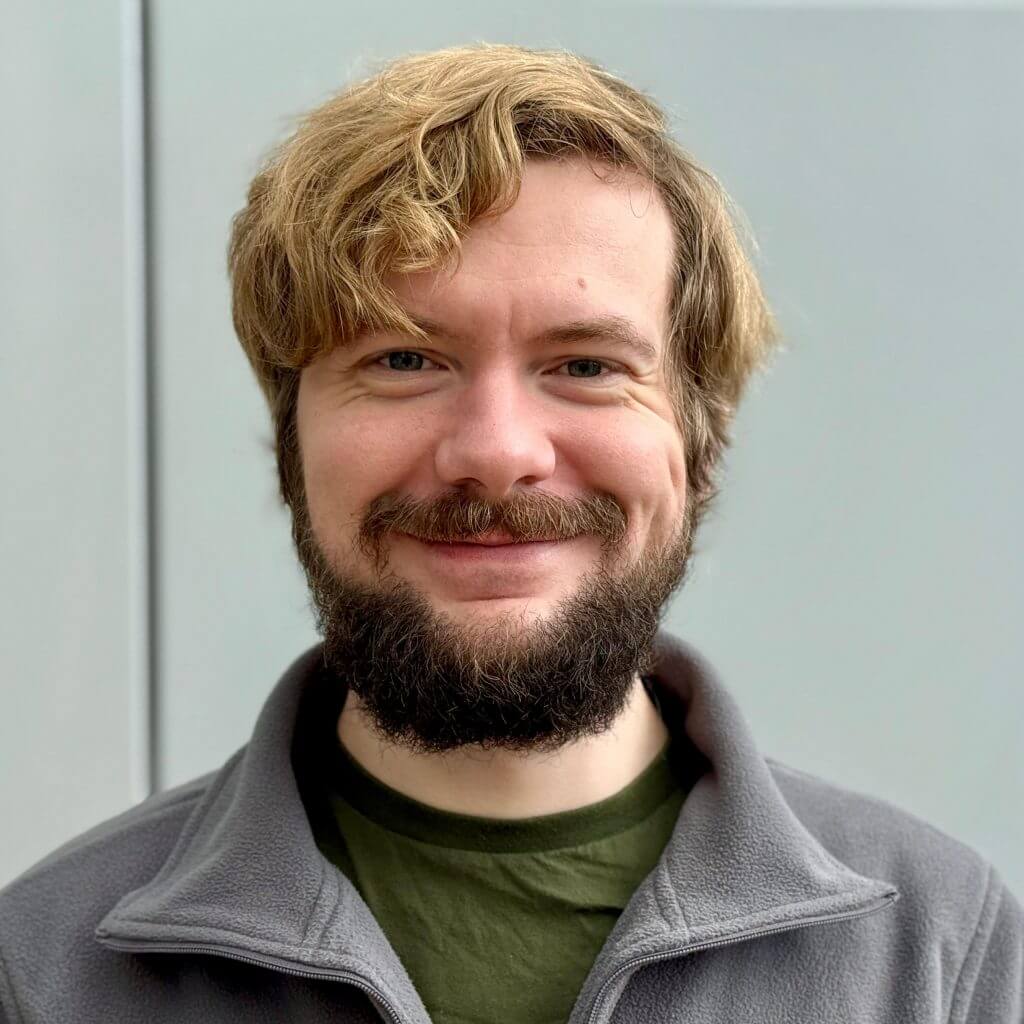
Florian Windirsch

Sasha Wagner
